Mountain Review: Jackson Hole
MOUNTAIN SCORE
CATEGORY BREAKDOWN
See our criteria9
Snow:
8
Resiliency:
7
Size:
8
Terrain Diversity:
10
Challenge:
8
Lifts:
7
Crowd Flow:
8
Facilities:
7
Navigation:
9
Mountain Aesthetic:
GOOD TO KNOW
1-Day Ticket: $143-$235
Pass Affiliation: Ikon (excl. base pass), Mountain Collective
On-site Lodging: Yes
Aprés-ski: Extensive
Nearest Cities: Jackson Hole (40 mins), Salt Lake City (5 hrs)
Recommended Ability Level:
+ Pros
Extremely demanding terrain
Snow quality
Crowd flow on non-tram lifts
Breathtaking scenery
– Cons
Limited beginner and low intermediate terrain
MOUNTAIN STATS
Lifts: 13
Trails: 133
Beginner: 10%
Intermediate: 40%
Advanced/Expert: 50%
RECENT ARTICLES
VIDEO
Mountain Review
For years, Jackson Hole has been the go-to destination for big and wild skiing and riding. This resort is basically in the middle of nowhere, but it stands out with a uniquely western vibe and a combination of snow quality, expert terrain, and mountain logistics that’s hard to beat anywhere else.
Size and Terrain Layout
Located in western Wyoming, Jackson Hole offers more than 2,100 acres of terrain and a massive 4,139 foot vertical drop. The resort lies on the dramatic east end of the Teton mountain range, and its terrain generally gets more difficult as you go from right to left on the map. Unlike many other resorts, which tend to be more rolly, Jackson Hole’s slopes maintain notable pitches from top to bottom. Across the mountain, guests will find trails ranging from modestly-sloped cruisers to precarious steeps, with a strong mix of below-treeline trails, diverse glades, and high-alpine bowls.
Jackson Hole’s 4,139-foot vertical drop is not only one of the longest on the continent, but it’s also consistent in gradient from top to bottom.
Beginner Terrain
Jackson Hole is not for beginners. There are only 5 green trails on the entire mountain, and they’re all located near the base. Jackson Hole has made some improvements in recent years and does have a dedicated learning area, but once you’re off the bunny hill, there isn’t much natural progression terrain from there.
Intermediate Terrain
Jackson Hole isn’t horrible for intermediates, but it’s really isn’t a resort we’d recommend for this ability level either. There are some great groomed cruisers off the Casper and Aprés Vous chairs, but for the most part, Jackson Hole’s blue trails are on the more difficult side—with many being ungroomed or fairly steep. Jackson Hole splits its intermediate ratings into blues and double-blues, with double-blues bridging the gap between low-intermediate and advanced terrain; these double-blues are among the steepest intermediate runs we’ve seen anywhere, and at any typical resort, would reliably be marked as blacks.
While Jackson Hole does have some beginner and intermediate terrain, options are limited.
Terrain Parks
Jackson Hole features a decent terrain park setup, but it’s not for those looking for a top-tier terrain park experience. The resort offers two traditional terrain parks consisting of small-to-medium jumps, rails, and boxes, as well as four Stash areas consisting of unique natural features. These are pretty fun and make it clear that terrain parks are more than an afterthought at Jackson Hole, but many other resorts do deliver more—and more demanding—freestyle terrain.
TRAIL MAP
Advanced and Expert Terrain
Those looking for a challenge couldn’t have come to a better place than Jackson Hole. Trails marked as black diamonds are perilously difficult—cliffs, bumps, chutes, and steep glade runs abound. Sharp drop-offs that you’d expect to be closed anywhere else are trails here. Double blacks on the mountain are so extreme that even the most tenured skiers will want to think twice before attempting them. The resort offers plenty of lines that will take you from top to bottom on continuous black diamond terrain—you can’t really say this about any other North American resort with similar vertical.
Steep, demanding terrain is the name of the game at Jackson Hole.
Guests will want to hit up the areas closest to the tram for the resort’s most formidable terrain. The Thunder chair is known for extremely demanding, cliff-riddled glade trails where it’s frighteningly easy to find oneself unexpectedly overlooking huge drop-offs. The Sublette chair provides access to precipitous chutes and amazing bowls—this includes hikable access to the Headwall and Casper Bowl areas, both of which prove serious technical challenges if you drop in at the right place. The lower-elevation Hoback, Lower Sublette, and Colter areas, which can be accessed directly below the Sublette chair, feature some of the resort’s longest continuous expert runs. This vast swath of bowls, ridges, and gullies isn’t that great at the beginning of the season, but once there’s solid snow cover, these areas are home to some of the best powder skiing you’ll find anywhere.
Jackson Hole’s northern areas are typically a bit more mellow, but there are some steep blacks and enjoyable glades. The Teton area especially services some really enjoyable advanced-level tree runs.
Jackson Hole’s Corbet’s Couloir is so extreme that it’s become notorious worldwide for its abrupt drop-in.
Extreme Tram-Only Terrain
Jackson Hole’s uppermost advanced and expert runs can only be accessed by a full base-to-summit ride up the Aerial Tram. The area that most guests will hit is the Rendezvous Bowl, a steep but massive high-alpine bowl that holds powder well. But where the biggest thrill-seekers will go is the famed Corbet’s Couloir—an arduous, tantalizingly narrow couloir with a massive 10-foot+ drop-in and quick required turn. You’ve probably seen photos and videos online, but trust us—they do not do this insane run justice. Corbet’s is subject to a decidedly variable opening schedule due to its hazardous nature, so be sure to check with ski patrol if you’re looking to do it.
RECOMMENDED SKIS FOR JACKSON HOLE
NOTE: We may receive a small affiliate commission if you click on the below links. All products listed below are unisex.
Recommended intermediate ski
Recommended advanced ski
Recommended glade ski
Recommended powder ski
But what’s even more crazy about Jackson is that Corbet’s Couloir isn’t even the resort’s hardest run. A few yards to the skiers right of Corbet’s is the absolutely mind-blowing S&S Couloir, a trail so extreme you’ll have to sign a waiver with ski patrol to even do it. No other in-bounds marked trail comes even close to S&S, which not only requires a staggering 50-foot mandatory drop, but a mandatory simultaneous rightward turn in the air to avoid hitting a massive rock wall. This run shouldn’t even be attempted without perfect conditions, and chances are you can ski or ride here for 20 years without seeing anyone do it.
Jackson Hole’s S&S Couloir, pictured here to skier’s right of Corbet’s, requires a mandatory 50-foot drop and simultaneous rightward airborne turn to even drop in.
Snow Quality
All of Jackson Hole’s remarkable terrain would not be possible without its world-class snow. Annual snowfall comes close to the best resorts in North America, and the resort sees consistent powder in most typical seasons. Early-season conditions can be more variable, but it’s common for the resort to open the vast majority of its terrain for the December holiday period, making it a rare dependable bet for a fly-to vacation during this time.
There are some caveats to Jackson Hole’s snow though. The resort has a massive vertical drop, so the snow conditions at higher elevations can often be quite different than those on lower runs. In addition, the snow here is typically heavier than what you’d find in, say, Utah, so the powder does take some effort to ski or ride through. And finally, Jackson Hole primarily faces east, so slopes can get crusty after about a day or two after the last snowfall—which is much faster than some competitors.
Jackson Hole offers high-quality, reliable snow and a long season length.
High-Alpine Visibility
With constant snow comes inclement weather conditions, and Jackson Hole often sees windy, snowy, and poor visibility conditions. These conditions typically have an outsized effect on higher elevation terrain here. Sometimes in the bowls, you can’t even see more than a few turns in front of you. At least on your uphill journey, the gondolas and tram provide welcome isolation from the elements on days like this.
Lifts
Jackson Hole’s overall uphill infrastructure is thoroughly modern, with only a few exceptions. Most areas are serviced by high-speed chairlifts or gondolas. While the resort can get crowded, two gondolas, the tram, and a detachable quad do a good job of shuffling skiers from the singular base area. The 100-passenger Aerial Tram is a defining feature of the resort, with first-class base-to-summit service over incredible ridges and valleys.
But trams have inherent logistical shortcomings. The two tram cars run on 12-minute frequencies, and lines can even reach a few hours long on busy days. While Jackson Hole’s summit can’t be reached by any other lift, the resort does offer lift alternatives that make it easier to lap key tram-served areas. These include the recently-upgraded Thunder high-speed quad—which finally brings lappable high-speed lift service to truly demanding terrain—and the fixed-grip Sublette quad. In order to get to these chairs from the base without taking the tram first, guests can ride up the Bridger Gondola.
Jackson Hole boasts modern, high-speed lifts in most areas, including the iconic top-to-bottom Aerial Tram.
Navigation
When it comes to getting around the resort in general, Jackson Hole is pretty easy to navigate, with very little catwalking required to get between different resort areas. Even the traverses out of low-elevation bowl and glade runs aren’t that flat, although you’ll have to ride the slow Union Pass Quad to get back to the base from the Hoback, Lower Sublette, and Colter areas. If you’re unfamiliar with the mountain, the resort offers guided tours from the base at 9:30 every morning.
RECOMMENDED SNOWBOARDS FOR JACKSON HOLE
NOTE: We may receive a small affiliate commission if you click on the below links. All products listed below are unisex.
Recommended intermediate board
Recommended advanced board
Recommended expert board
Recommended powder board
On-Mountain Facilities
Given the long vertical drop, difficult terrain, and heavy snow, it takes a while to ski or ride to the bottom of the mountain from higher elevation areas. There are several on-mountain lodges where you can take a quick break or grab a meal without going all the way down to the base, ranging from casual grab-and-go cafeterias to full-service restaurants. Some of these lodges have phone charging booths, which can be really nice on cold days that drain your battery.
None of the major lodges are super proximate to the high-elevation Thunder or Sublette chairs, although these two areas do provide bathroom facilities and benches. If you want to take a moment for a breather before hitting Corbet’s or S&S, there is a cabin at the top of the tram, and they’re known for their waffles.
Jackson Hole boasts several on-mountain lodges, including this waffle cabin at the top of the tram.
Getting There
Despite Jackson Hole’s incredibly remote location, it’s actually one of the easiest destination resorts to get to. The ski area is a quick 40-minute drive from the Jackson Hole airport and approximately 25 minutes from downtown Jackson. A number of transportation services, including taxis, shuttles, and ride-sharing companies, provide service to the resort. Flights are definitely on the pricier side, but provided you book well enough in advance, they aren’t the worst in the world.
If you happen to want a cheaper flight or live in a regional city, the resort is also within driving distance of Salt Lake City, which is approximately 5 hours away with no traffic. Boise and Denver are about 6 and 8-hour drives, respectively.
The Jackson Hole Airport is just 40 minutes away from the eponymous ski resort.
Lodging
Jackson Hole offers lodging options in two main places: on-site and in the town of Jackson. Options on-site range from the budget-friendly Hostel to the ultra-luxury Caldera House bedroom suites. The town of Jackson gives you better bang for your buck, and if some in your party don’t ski, staying in the town may be the more appealing option thanks to a great variety of gourmet food and western culture.
Parking
Jackson Hole offers a range of both free and paid parking options, but if you’re not carpooling, the only free parking is in the Stilson Lot, which is about a 7-mile bus ride from the resort. These shuttles tend to come every 10-15 minutes during peak times. Those carpooling with 3 or more guests can park in the Ranch Lot for free, which is less than half a mile from the village and a much shorter shuttle bus ride to the slopes. All directly slopeside parking costs at least $30 per day, assuming you arrive before 1pm.
Jackson Hole’s Teton Village boasts a number of lodging options at various price points, although none of them are truly cheap.
Aprés-ski
Jackson Hole may be in an incredibly remote location, but it boasts strong aprés-ski and nightlife experiences. The base area has multiple slopeside bars with awesome happy hour vibes and strong selections. At night, many of these turn into bars with live music and DJs. Those looking for aprés should be sure not to miss downtown Jackson for a selection of high-quality Western saloons and bars—we’d say the best ones to hit are the Silver Dollar and the Million Dollar Cowboy Bar.
Downtown Jackson, about 20 minutes south of the resort, hosts strong nightlife. Pictured behind the stores is the Snow King town ski hill.
Verdict
So Jackson Hole definitely isn’t for beginners—and maybe even some intermediates. But for experienced skiers, it’s well worth the trip. Some resorts may be bigger, but few can match Jackson Hole’s snow quality, terrain diversity, and challenge.
Pricing
Lift tickets are incredibly expensive, with 1-day adult rates going for as high as $235 as of the 2022-23 season.
The resort may be a better value if you can afford the Ikon Pass, which either offers 5 or 7 days at the mountain, but it’s not on the base pass, meaning you’re looking at a product that costs at least $1,000 for Jackson Hole access. The resort is also on the Mountain Collective Pass, but at $630 for two days of access at each partner resort, it’s not cheap either.
But while the cost of entry is steep, it’s hard to beat the overall experience—and workout—one will get here.






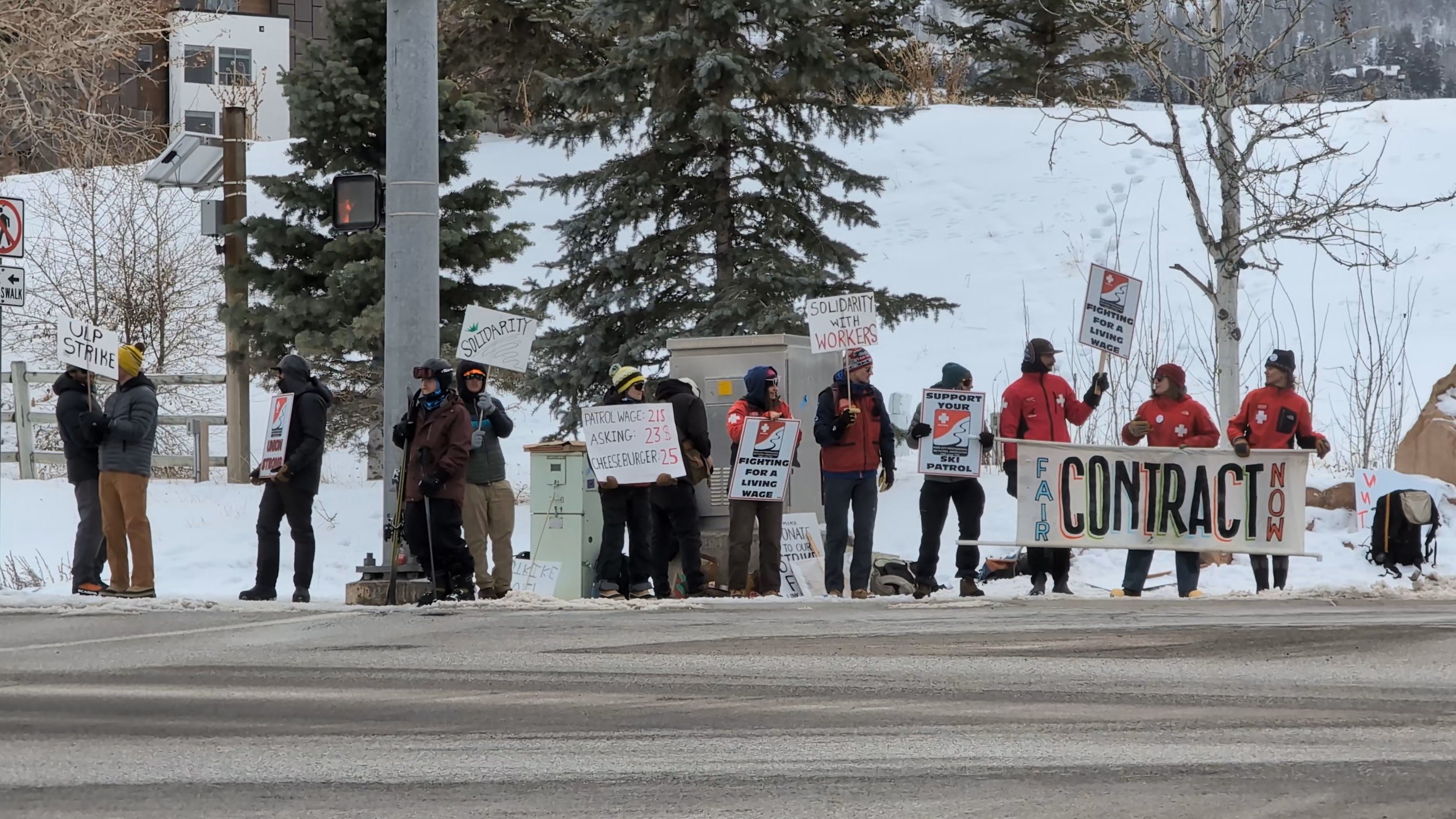
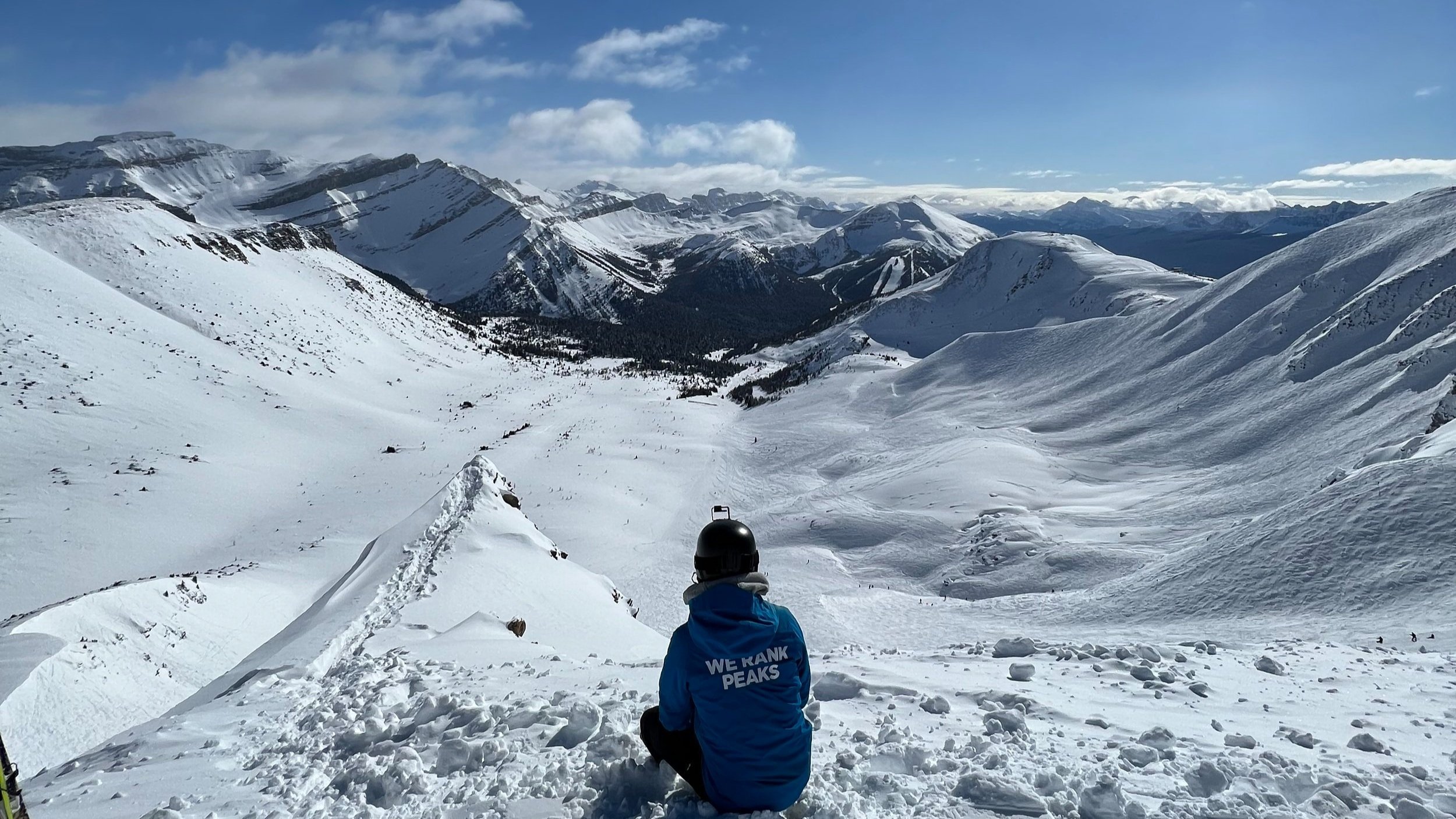
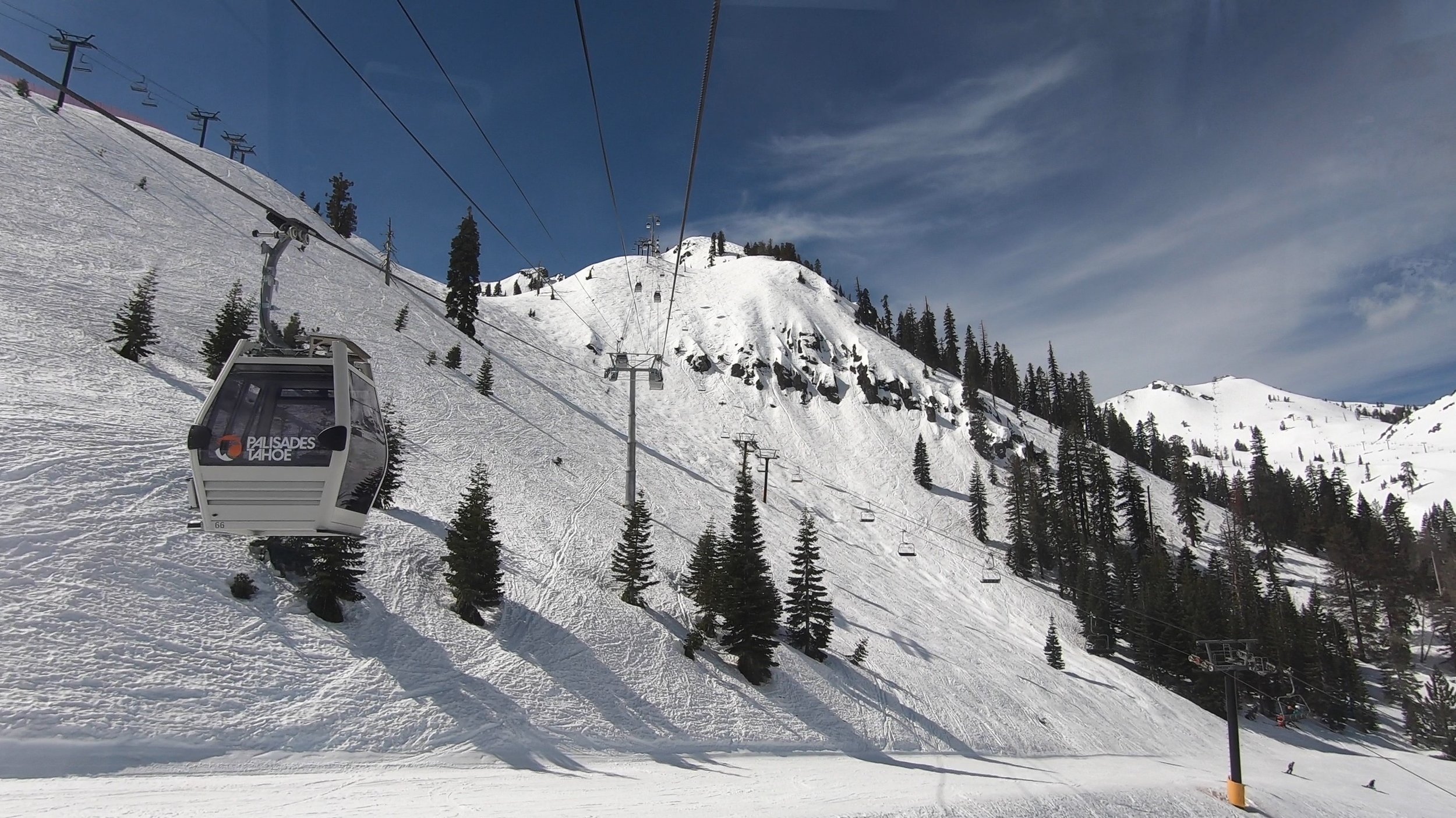
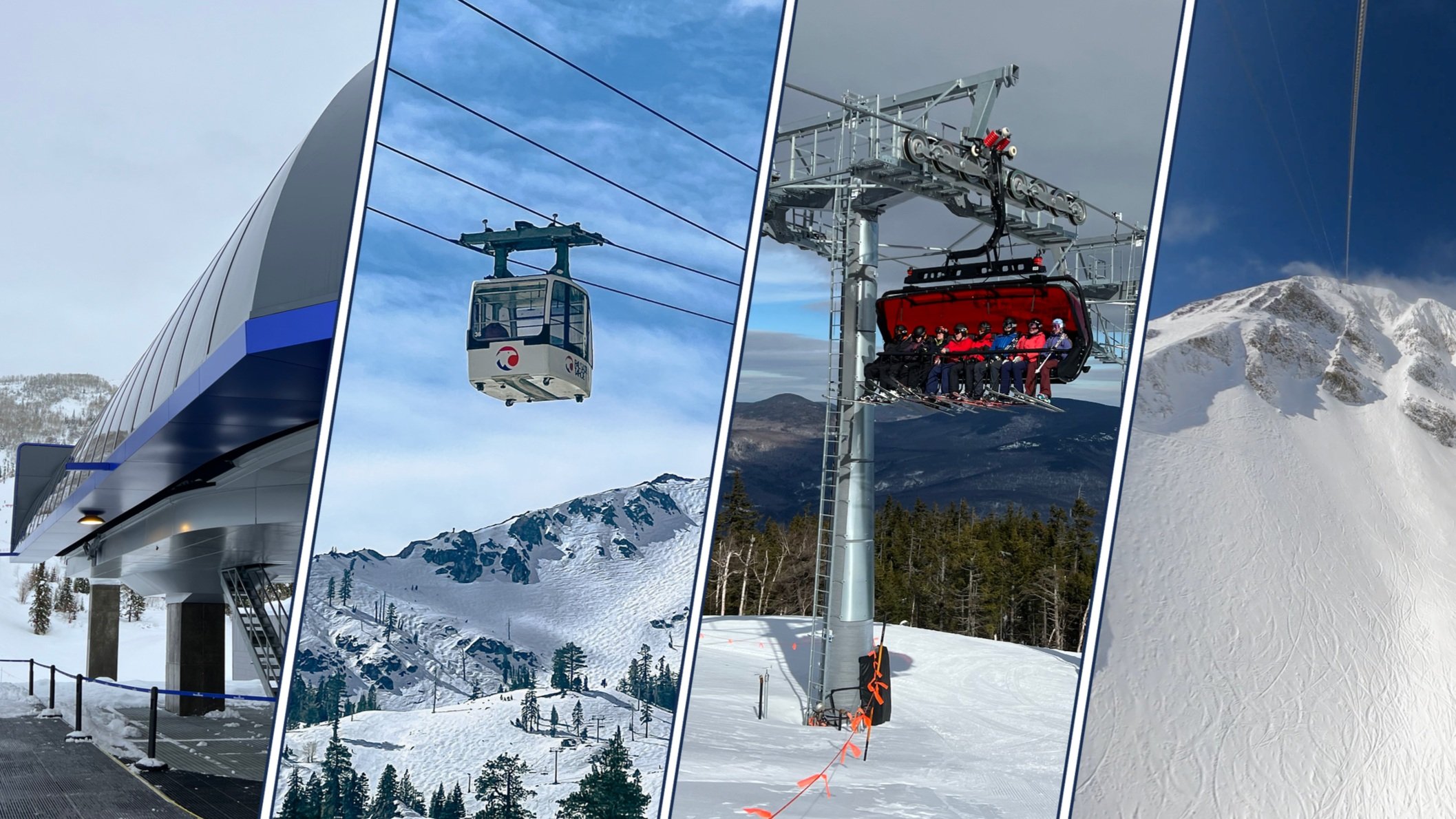
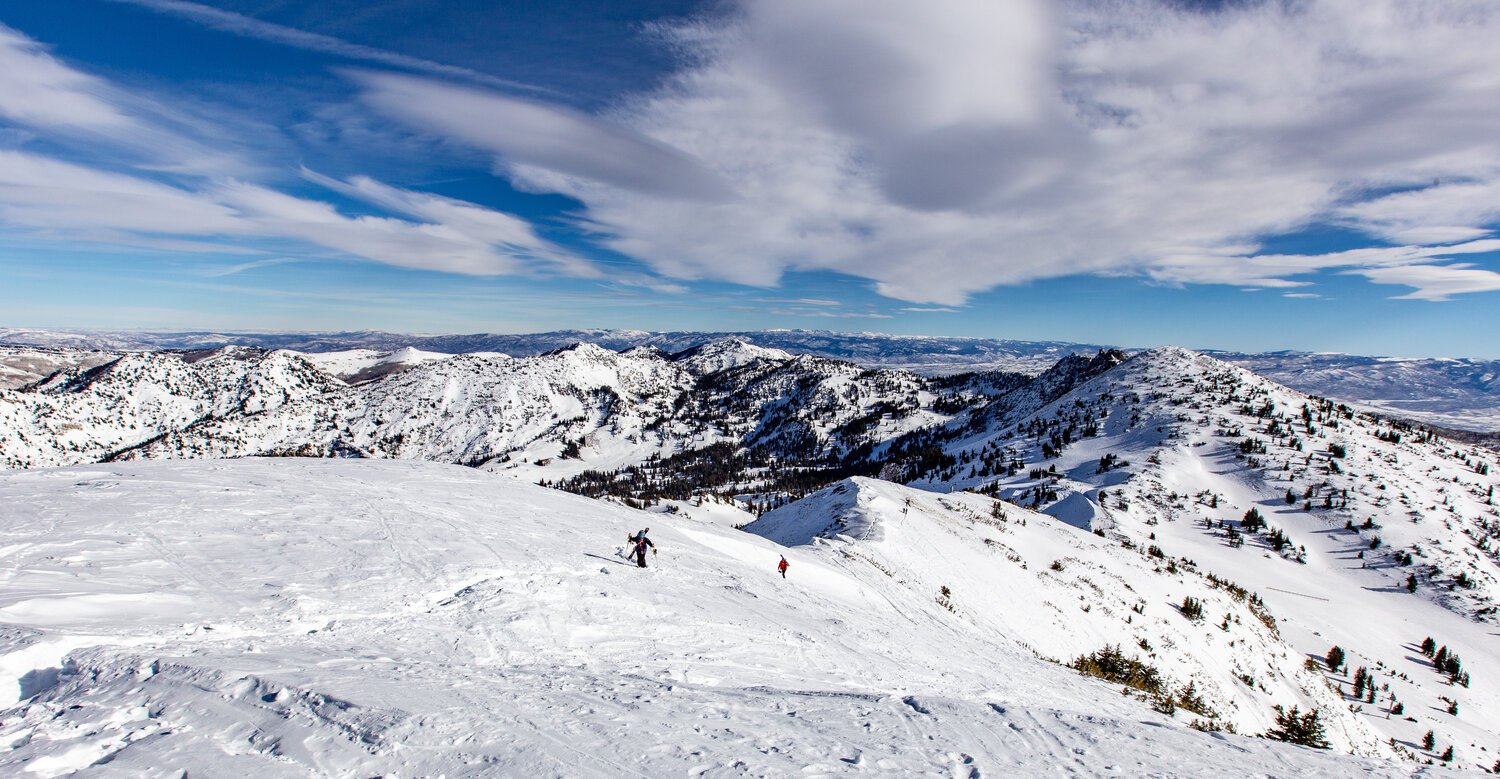
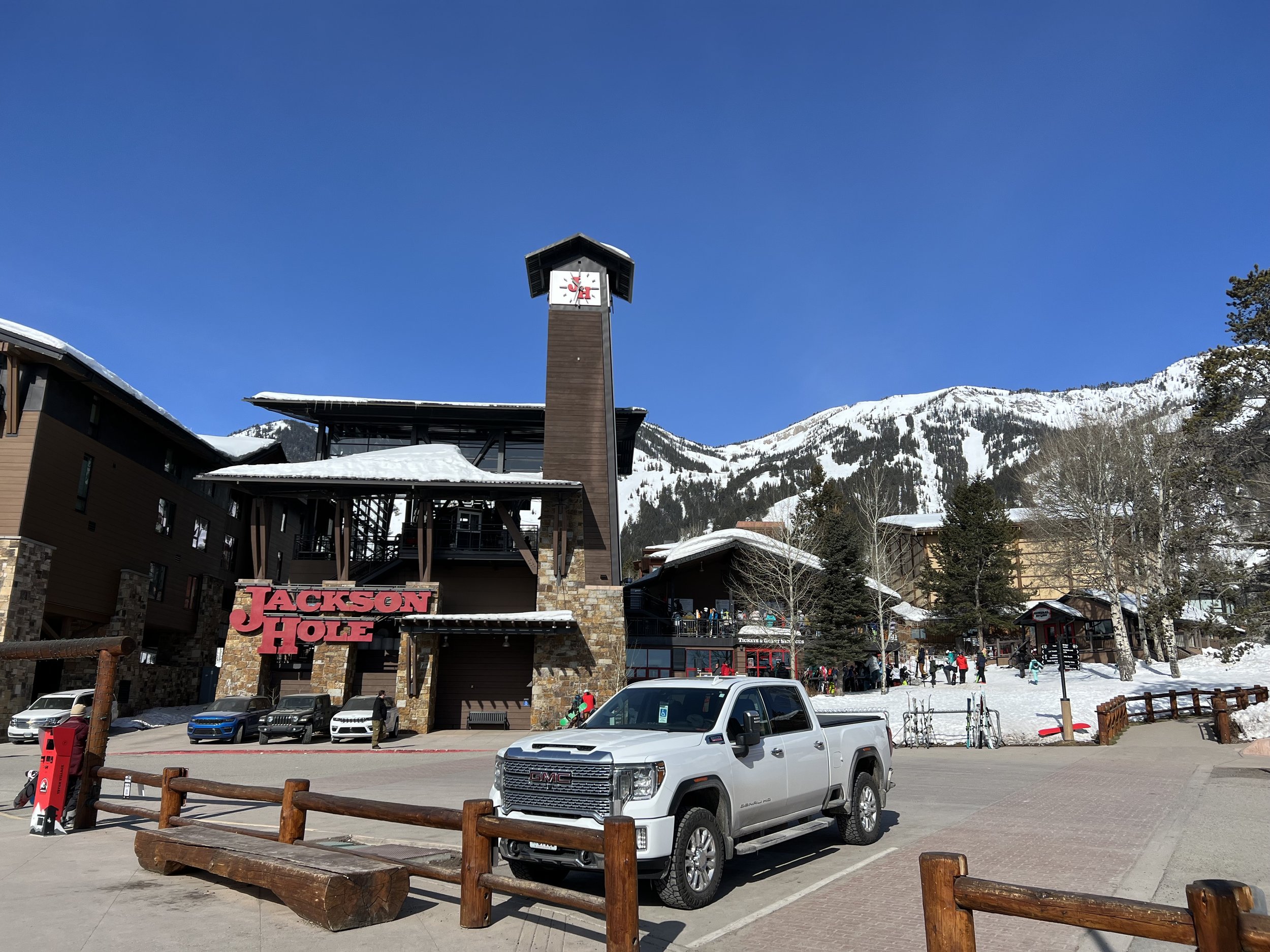
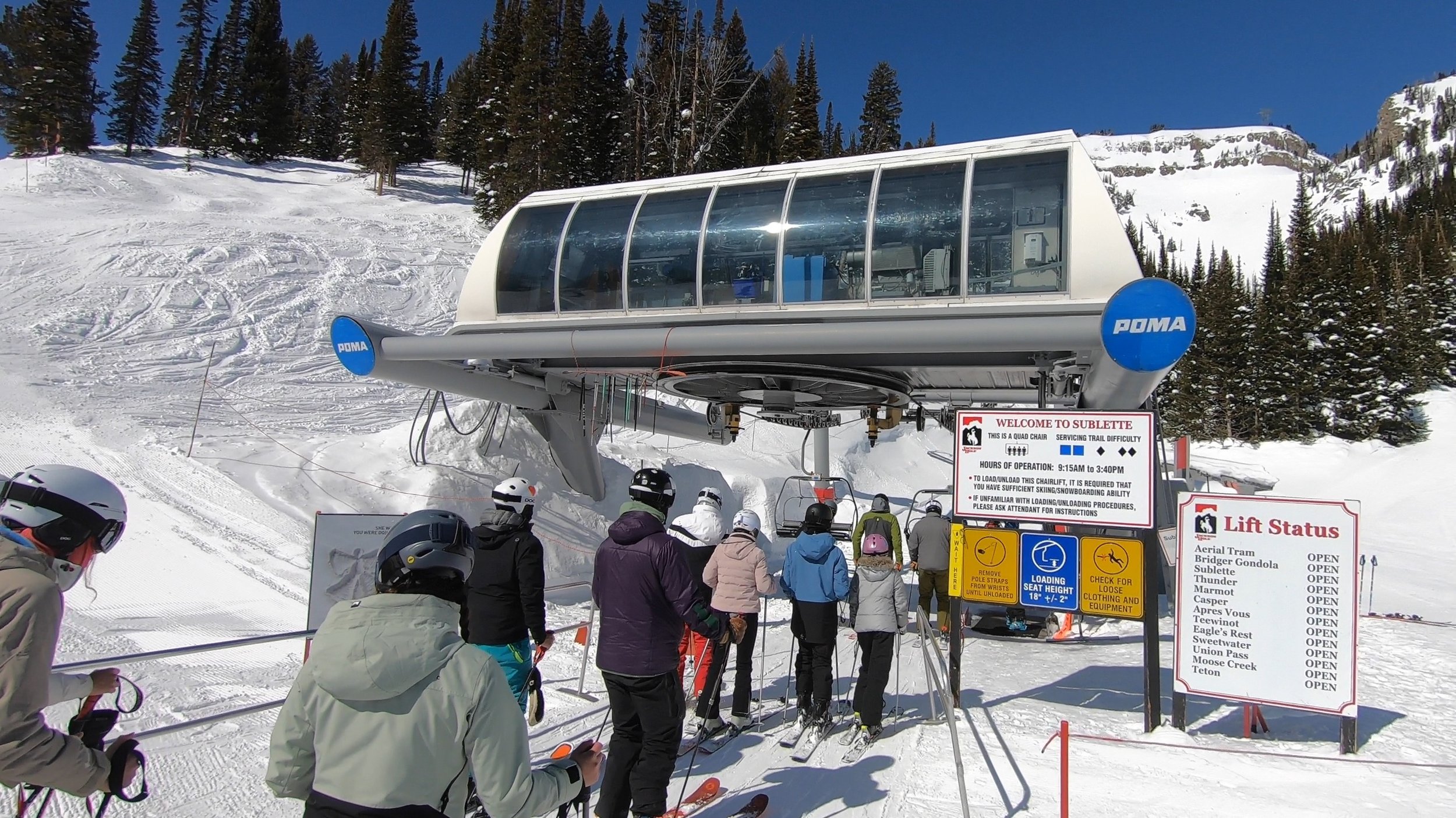

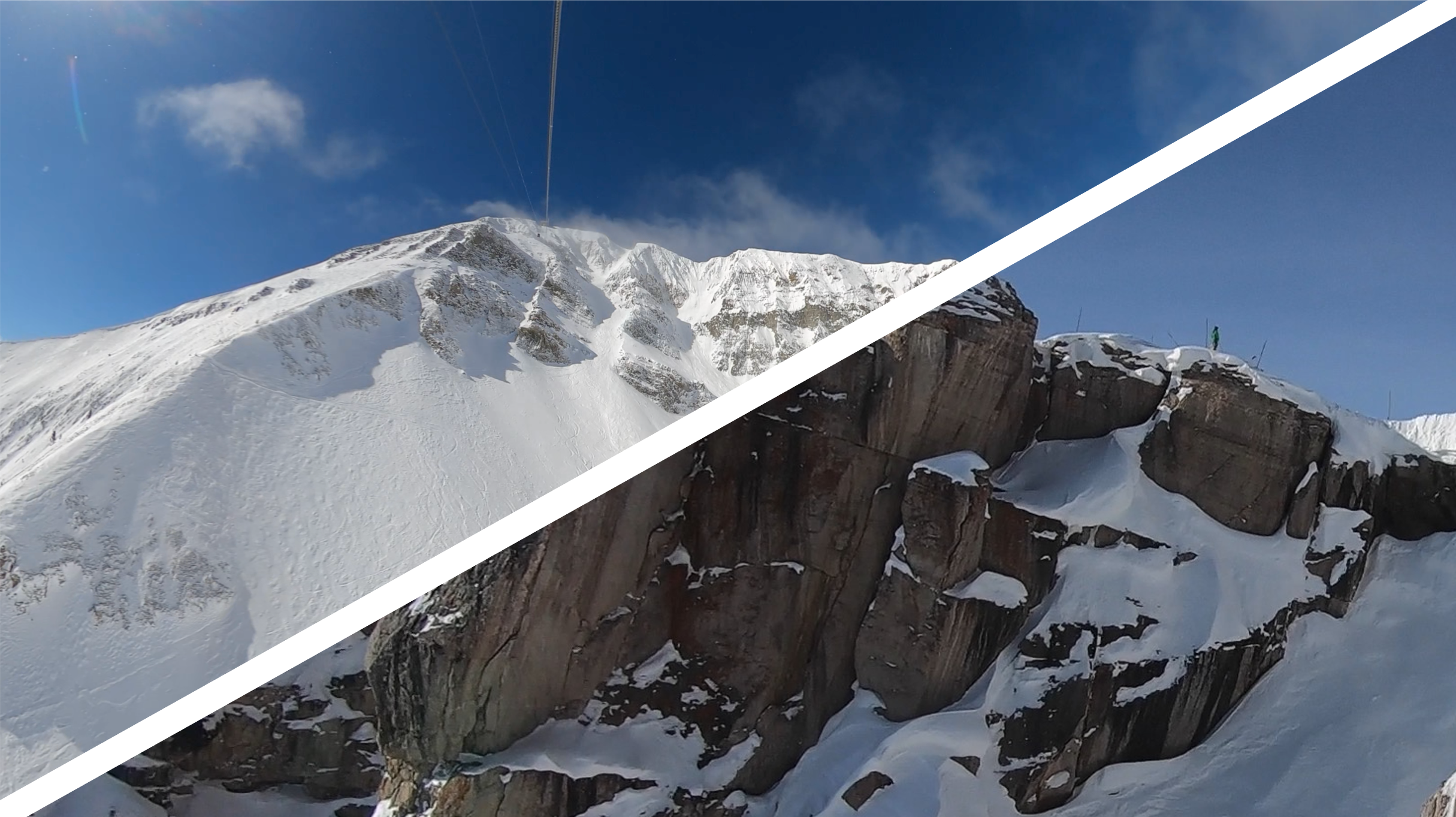



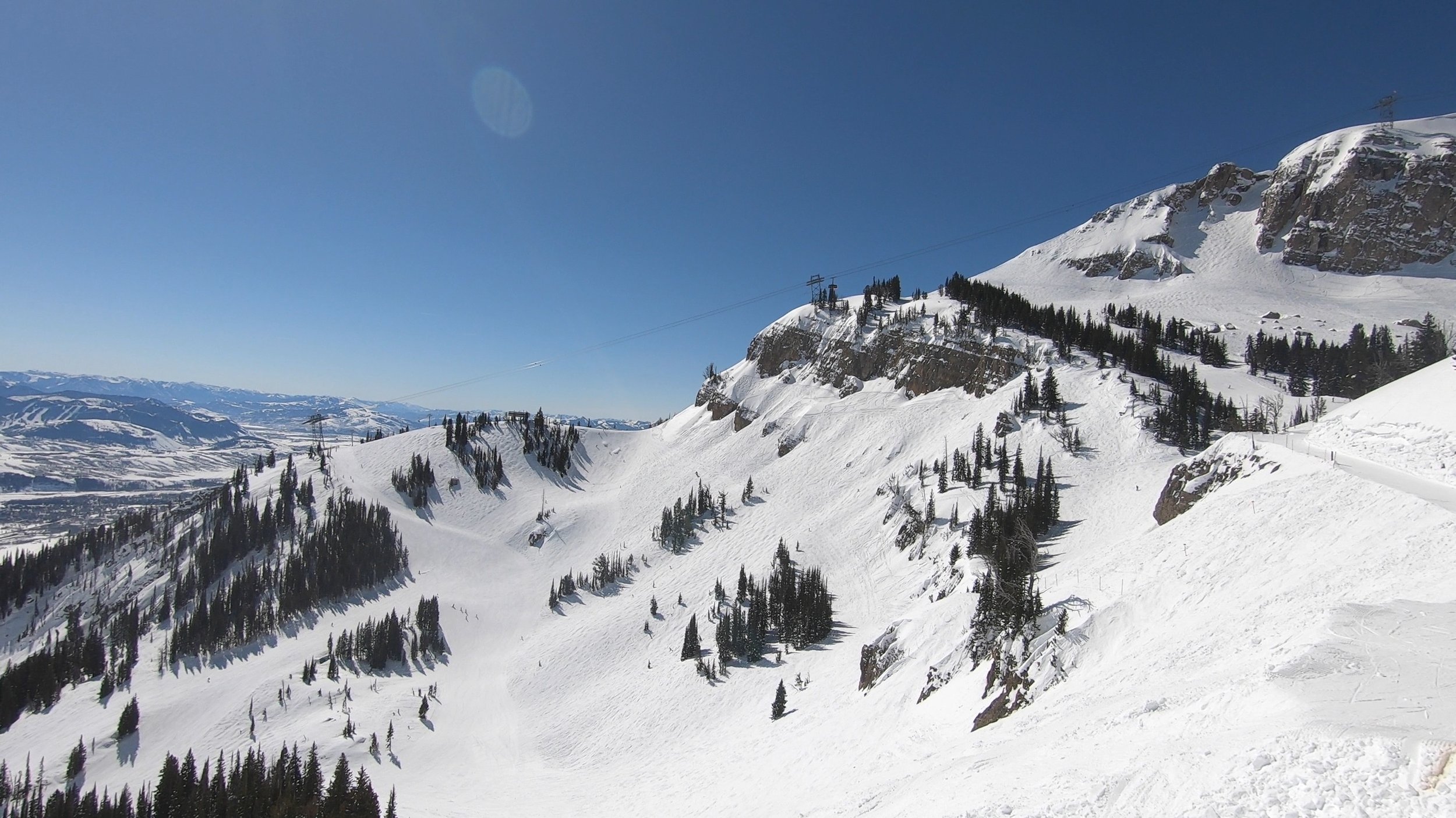
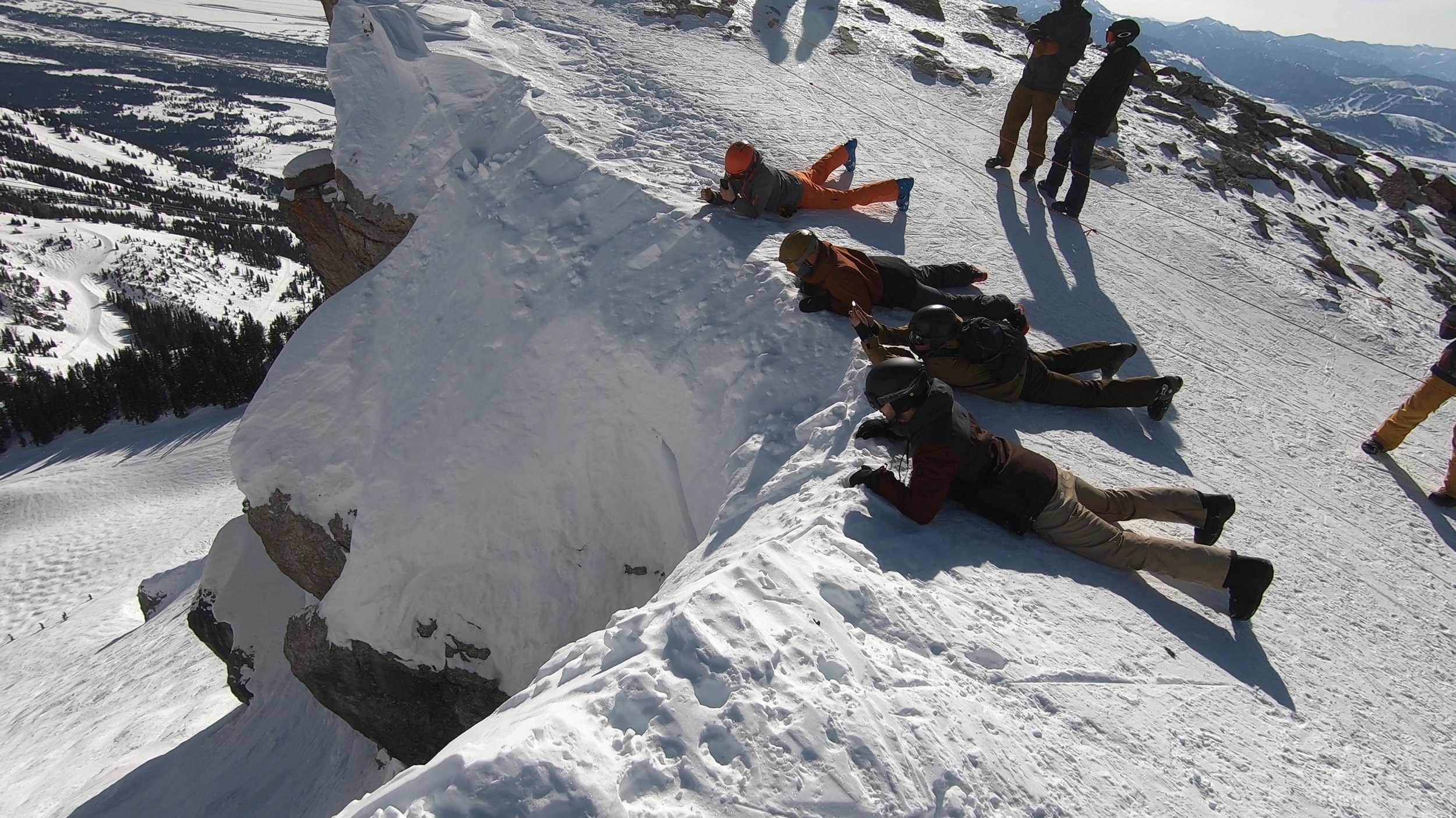





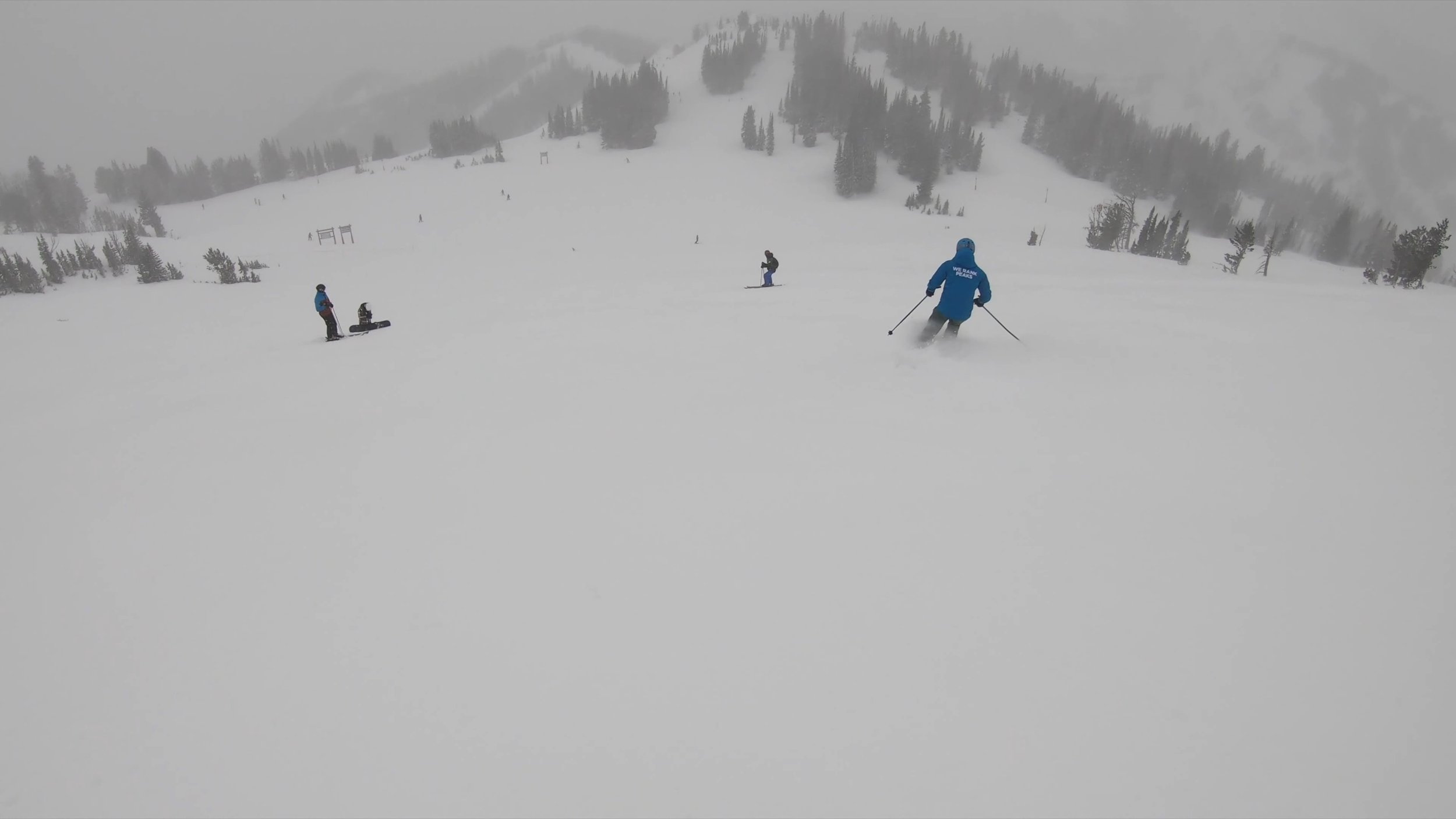
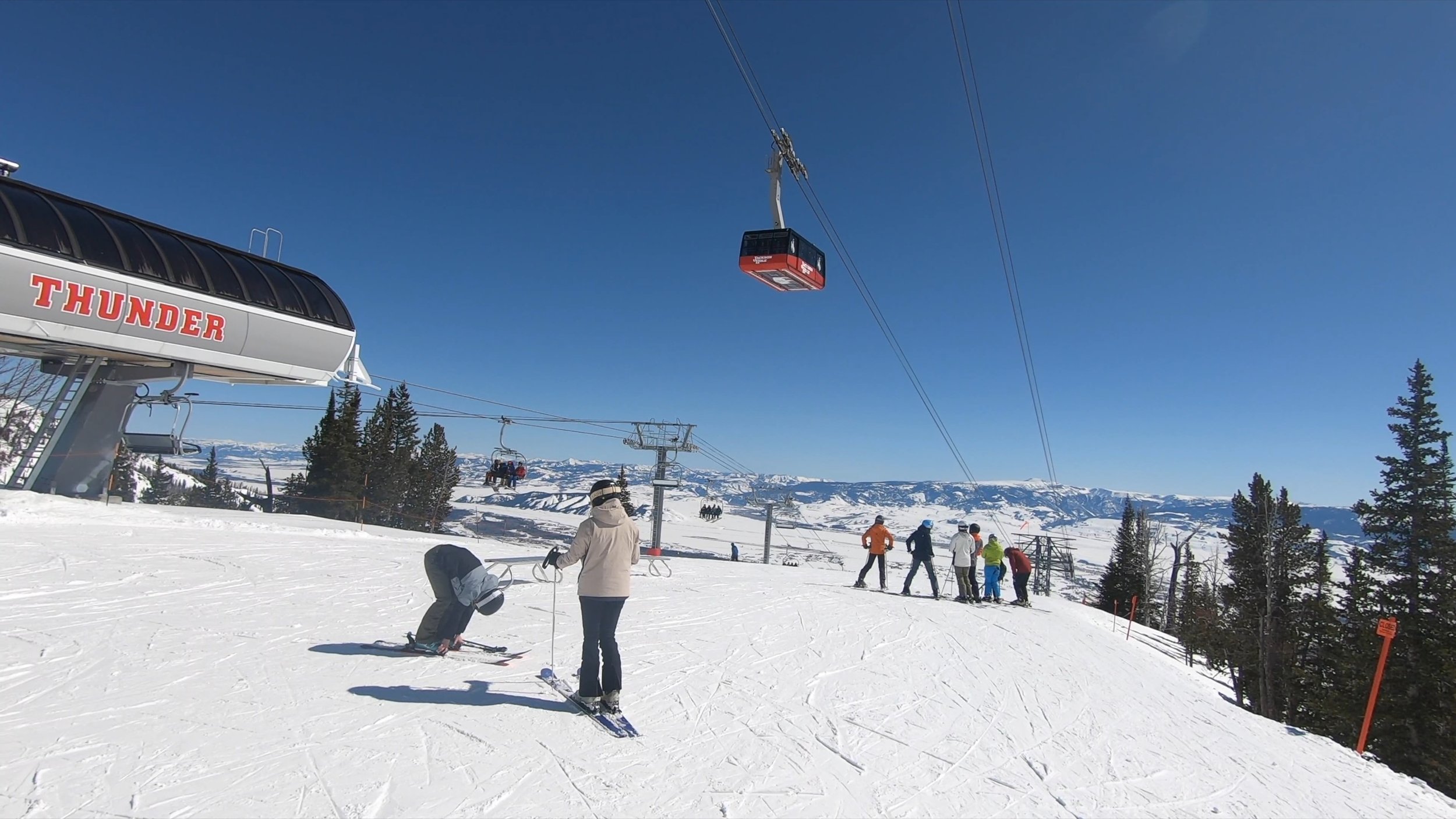








An in-depth explanation on the biggest policy changes and capital investments at U.S. and Canadian ski resorts for 2025, followed by this year's top 10 North American ski resorts ranked.